In the diverse world of canine companionship, the price tags attached to certain breeds can be surprisingly hefty. These costs, however, don’t merely reflect the physical appearance or breed popularity; they encompass factors such as rarity, lineage, unique characteristics, and historical value. As you explore some of the world’s most expensive dog breeds, it’s essential to remember that owning a pet, irrespective of its breed, requires a significant commitment. This commitment extends beyond monetary investment into providing time, care, and a loving environment conducive to their well-being.
Contents
Lowchen

The Lowchen, affectionately nicknamed the “little lion,” is a captivating dog breed with an aristocratic heritage dating back to the Renaissance. Endearing with their diminutive stature and luxuriant hair, Lowchens graced the lavish courts of noblemen, immortalized in intricate works of art of the era. Regrettably, the passage of time has not been kind to this breed, leading them toward the brink of extinction. The dire rarity of Lowchens has catapulted them to the forefront as one of the most coveted canine companions. A deep pocket is a prerequisite for those smitten by this breed, as owning a Lowchen could set a potential owner back over $10,000 due to their scarcity.
While this might seem an astronomical price for a pet, the rarity of Lowchens plays a significant role in this. Their scarcity has created a surge in demand that far outpaces the supply, leading to steep prices. Their undeniable charm, distinctive appearance, and storied history are among the reasons why they are considered an investment rather than just a pet. Despite their fragile numbers, those fortunate enough to own a Lowchen will testify that the companionship and joy they bring are truly priceless.
Samoyed
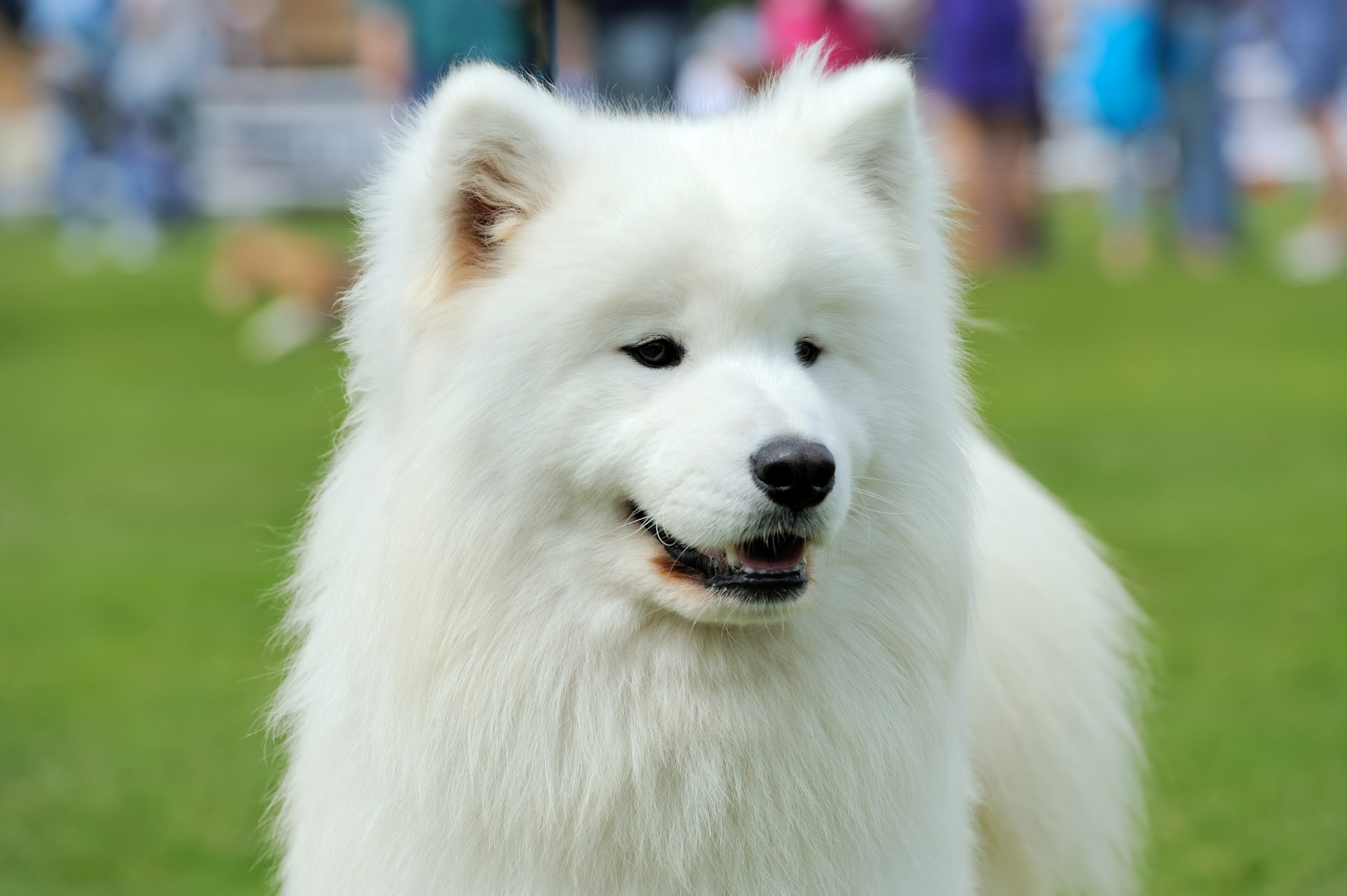
Emerging from the rugged terrains of Siberia, the Samoyed breed boasts a unique blend of elegance and resilience. Originally bred to herd nomadic reindeer and pull sleds, these dogs were instrumental in the survival of the Samoyedic people in the harsh Siberian climate. Characterized by their alertness, strength, and playful nature, Samoyeds command a price of $8,000, making them one of the most expensive dog breeds currently on the market.
The price tag associated with a Samoyed may seem hefty, but it reflects its versatile characteristics and striking beauty. Their robust health, loyal temperament, and adaptability to different environments make them highly desirable companions. The combination of their dazzling white fur and expressive eyes alone makes them a standout in any crowd. Ultimately, potential owners must be willing to invest financially and emotionally into owning a Samoyed, as they are known for their exuberant nature and need for human companionship.
Tibetan Mastiff
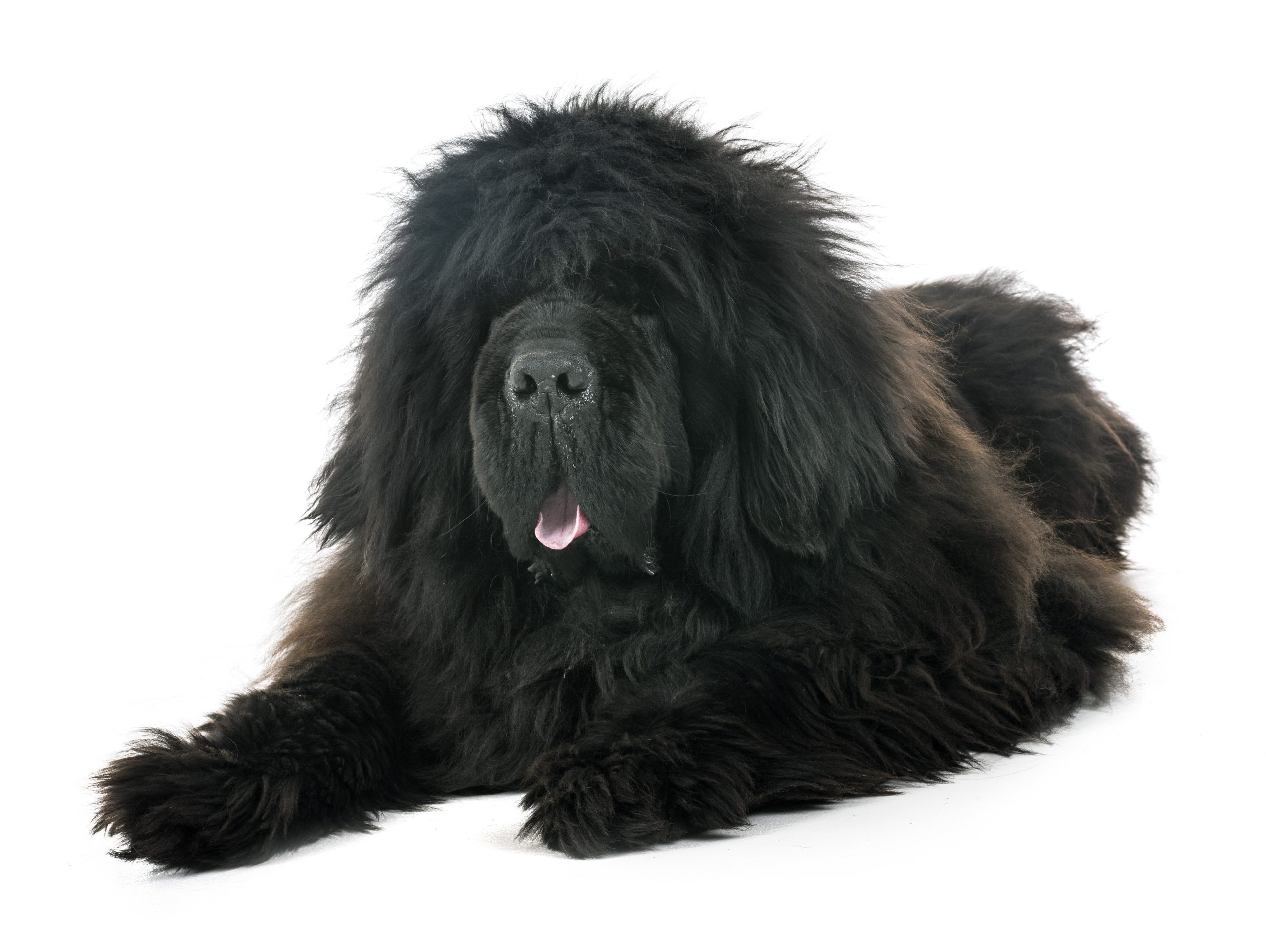
Tibetan Mastiffs are titans among dog breeds, revered for their size and strength. Native to the high-altitude landscapes of Tibet, China, and Nepal, these dogs can reach an impressive height of thirty-three inches and weigh up to one hundred and sixty pounds. Historically, they served as diligent livestock protectors against predators for the native tribes of Himachal Pradesh. Owning one of these majestic creatures is a substantial financial undertaking, with prices hovering around the $7,000 mark.
Acquiring a Tibetan Mastiff, while undeniably a significant investment, offers a unique companionship experience. These dogs are not only impressive in stature but are also known for their fearless and loyal nature. Despite their intimidating size, they are often gentle with their families, showing a softer side to their otherwise formidable demeanor. They invest in a lifetime of loyalty, protection, and companionship. However, they must note that they require a knowledgeable and committed owner due to their independent and protective characteristics.
Pharaoh Hound
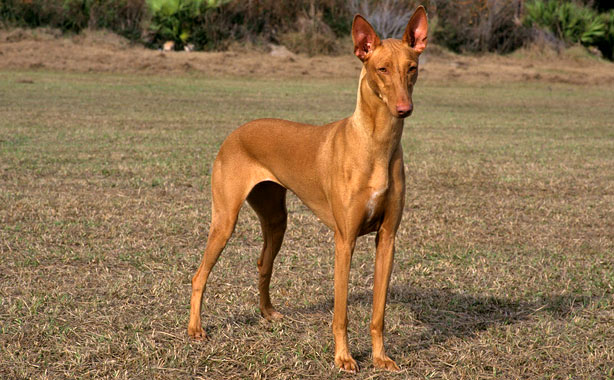
Malta’s national hound, the Pharaoh Hound, carries a proud and ancient heritage. Known in Maltese as Kelb tal-Fenek or “rabbit dog”, these dogs were traditionally bred to hunt rabbits in the archipelago. Their regal stance, athletic prowess, and high intelligence set them apart, with their price tag reaching up to $6,500.
Purchasing a Pharaoh Hound is investing in a piece of rich Maltesese history. Their grace, agility, and keen hunting instincts speak to their rabbit-chasing ancestry, and their high intelligence often translates to an easily trainable and adaptable companion. The blend of these features and their rarity outside Malta justifies their considerable cost. An owner who appreciates historical and athletic value would find the Pharaoh Hound a priceless companion.
Rottweiler

Certain bloodlines of Rottweilers, known for their size and imposing presence, can fetch up to $6,000. Originally, these dogs, known as Rottweiler Metzgerhund or “Rottweil butcher’s dogs” in their homeland, were used to herd livestock and pull carts laden with butchered meat. Over time, their roles have diversified to include search and rescue missions, law enforcement, and even guides for the visually impaired.
Despite their intimidating appearance, Rottweilers possess a strong loyalty and protective instinct, making them versatile working dogs and family companions. Their high price tag reflects the breed’s intrinsic value and the cost of responsible breeding practices, proper care, and training. Owners often remark that the value of owning a Rottweiler goes beyond the financial aspect, speaking volumes about their intelligence, courage, and unwavering loyalty.
Akita

Hailing from Japan’s mountainous regions, the Akita breed is divided into two primary types. The Japanese breed, the Akita Inu or Akita Ken, and its American counterpart is simply known as the American Akita. While the Japanese Akita sports a more limited color palette, the American breed displays a wider array of coat colors. Akitas possess a coat similar to other northern spitz breeds, such as the Siberian Husky, with the occasional presence of a long-coated recessive gene. These formidable dogs are priced at around $4,500.
Investing in an Akita goes beyond the allure of their magnificent physique. Known for their steadfast loyalty, natural protective instinct, and dignified demeanor, they embody a centuries-old heritage. Despite their initial cost, the lifelong companionship and the deep bond they form with their owners make them a worthy investment. It’s worth noting that their independent and strong-willed nature calls for an experienced and understanding owner.
Azawakh
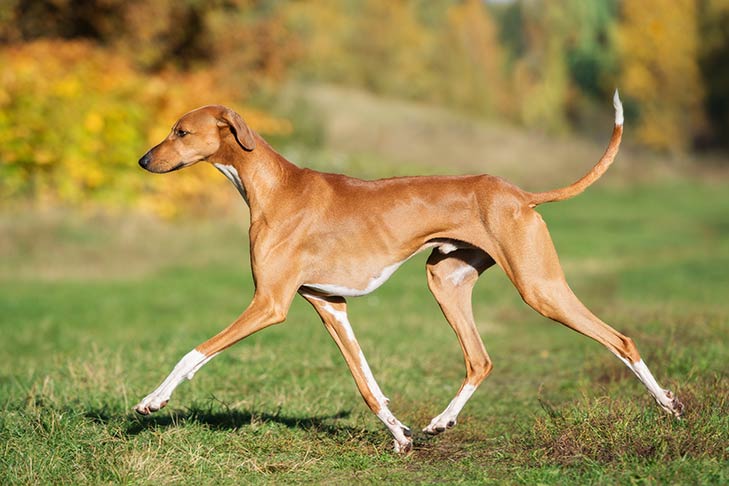
The Azawakh breed, known for its svelte figure and distinct gait, originates from Africa. This breed, which comes in various colors and levels of refinement, is brimming with energy and requires consistent physical activity. An owner who can provide loving care and regular exercise can expect to pay up to $3,000 for this agile breed.
Acquiring an Azawakh isn’t just a financial transaction; it’s a commitment to provide an active and loving environment. They are swift, vigilant, and extraordinarily loyal, attributes honed by their heritage as hunting dogs in harsh terrains. Despite their initial cost, their lively temperament, agility, and unwavering loyalty make them an invaluable addition to the right
Peruvian Inca Orchid
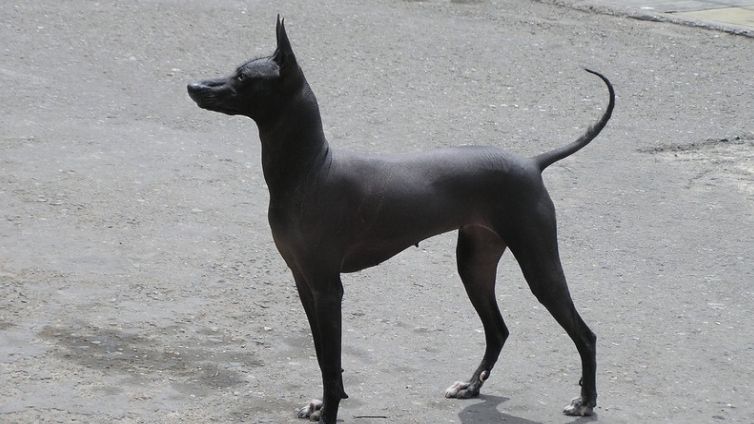
A relic from the pre-Inca Peruvian culture, the Peruvian Inca Orchid is a distinctive hairless breed. This breed’s unique, gray-skinned appearance draws intrigue, and potential owners should be prepared to pay up to $3,000 for this one-of-a-kind pet.
Adopting a Peruvian Inca Orchid offers a unique opportunity to partake in an ancient lineage. Their hairless nature makes them perfect for those with allergies, and their calm, affectionate temperament makes them excellent companions. Their initial cost pales in comparison to the unique companionship they offer, providing a blend of ancient heritage and modern-day companionship.
Saluki
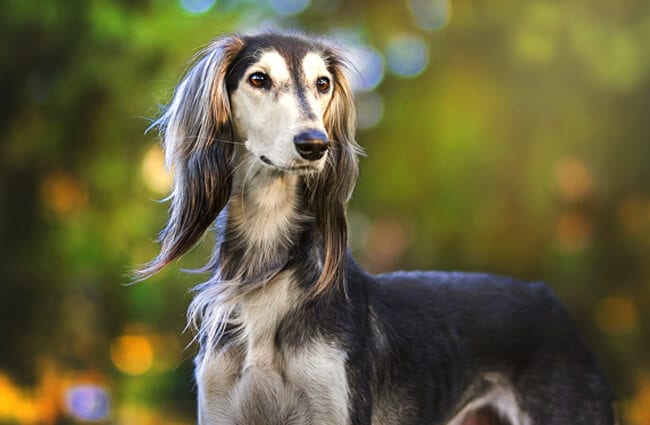
Often referred to as the “royal dog of Egypt,” the Saluki breed’s lineage can be traced back to the Fertile Crescent, having been cherished companions of the ancient Pharaohs. These dogs, classified as sighthounds, are characterized by long legs and a deep-chested body. Despite their independent streak, which may challenge training efforts, they are known to be affectionate and gentle. Male Salukis can weigh around sixty pounds and reach up to twenty-eight inches in height. The cost of this breed can range up to $2,500.
Investing in a Saluki is akin to owning a piece of ancient history. Their grace and speed echo the breed’s noble heritage, making them excellent athletic companions and living artifacts. Despite the initial investment, the Saluki’s loyal companionship, elegant form, and rich history make them a unique addition to any household.
Czechoslovakian Vlcak
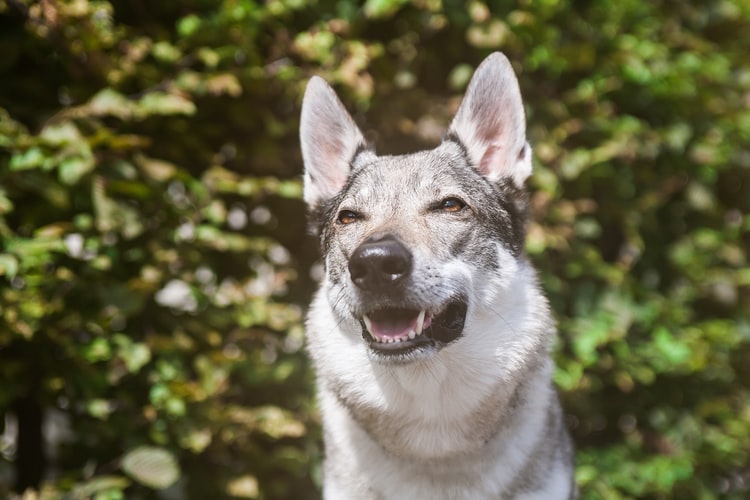
The term “Vlcak” translates to “wolfdog,” which aptly captures the essence of the Czechoslovakian Vlcak breed. Stemming from a 1950s Czechoslovakian experiment, this breed was developed to encapsulate the physicality, stamina, and strength of the Carpathian wolf with the trainability, temperament, and pack mentality of the German Shepherd. Initially bred to assist in border patrol, their roles evolved into search and rescue, drafting, Schutzhund, herding, and tracking. A dog from this breed can be valued upwards of $1,000.
Acquiring a Czechoslovakian Vlcak is much more than a financial investment. They are symbols of a remarkable breeding experiment that combines the best of two formidable species. Their versatility in roles, admirable work ethic, and unique history make them valuable additions to the right home. The initial price tag represents not only their rarity but also their exceptional traits and capabilities. Those prepared for the demands of owning such a breed will find their companionship and capabilities a worthwhile investment.
The Bottom Line
In conclusion, the value of a dog breed goes far beyond its monetary cost. While these price tags can seem extravagant, they are influenced by the breed’s rarity, historical significance, unique characteristics, and the cost of maintaining responsible breeding practices. The choice of the breed should never solely depend on its price tag. Still, it should consider the breed’s characteristics, the prospective owner’s lifestyle, and the ability to provide a suitable environment for the pet. Ultimately, while some breeds might require a substantial initial investment, the unwavering companionship, loyalty, and joy they bring to their owners are truly priceless.


